

WHAT’S UP DOC?:
THE NUTTY PROFESSOR (1963) Professor Julius Kelp (Lewis) is a cartoonish 98-pound weakling with buck teeth & crooked geek glasses -- the black-rimmed kind that have actually become cool today. Despite the fact that he blows up his classroom with alarming regularity, which you'd think might deter bullies, he gets pushed around and locked in storage closets by football-player students.
Apretty coed, Stella Purdy (Stella Stevens) finally inspires Kelp to toughen himself up to impress her. The gym does no good, however, so after failing the old-fashioned way to turn himself cool, he goes for the modern approach: chemistry. He develops a secret formula that, when ingested, turns him into... Dean Martin. Or someone very like.
“ Buddy Love”, as Kelp's alter ego dubs himself,is a wild and popular party animal, who isn't afraid to talk to Stella anymore. There's one problem-the potion wears off quickly.
Here is the best acting in the film, as Lewis is cold, arrogant, even violent, but knows how to turn on the charm. The transformation to Buddy Love without benefit of special effects (unless eight pounds of Brylcreem counts as a special effect) is pulled off masterfully.
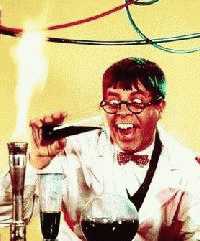
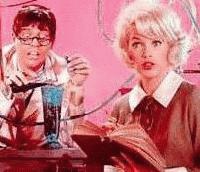
But I never saw it.
Ironically, the film works more on a dramatic level than a comedic one. Julius Kelp is a tragic figure, not a funny one. His speech at the end of the film is heart-rending and put the last footprint on any chance of this being real comedy. Buddy is the outcast desperately trying to be what he considers cool and significant. In an interesting aside, Lewis is said to have hated portraying Buddy, which makes sense since Buddy is inherently unlikable.
The supporting cast features the immortal Howard Morris as Kelp's father & Kathleen Freeman as the young-at-heart secretary.
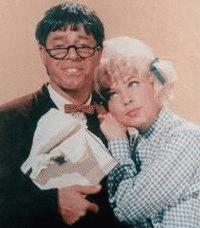
aka: THE MADNESS OF DOCTOR TUBE (1915)
A Brilliant chrome-domed scientist sniffs cocaine in his lab whilst experimenting with the dissolution of light waves,then goes nuts when he accidentally discovers a way of transforming the real into images. His perlimpinpin powder, fruit of a procedural mistake, changes objects and people into re-scaled undulating icons resembling distorted mirror reflections. But the Doc is frightened by his own invention, and he tries to undo the whole thing. Tube's experiments with the light-diffusing crystals give him a vision of the world that his brain cannot handle. Meddling with the properties of light could then be regarded as a metaphor for dabbling with forbidden knowledge - or developing a new technology - that had strayed into a realm beyond man's understanding or control. - One of the first mad scientists put on film, his insanity represented by the use of a distorting "amusement-park crazy-mirror" lens.
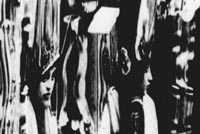
Prod: Louis Nalpas Films d'Art. Dir. Scen. ABEL GANCE. Phot. Wentzel, Lèonce-Henry Burel. Cast: Albert Dieudonné, Séverin-Mars. 11 mins. NFVLS.
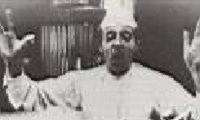
Mad Doctor Calastein returns to his underground laboratory to continue work on his beloved virus. A day not unlike any other, and yet today is different. Somehow things have gone too far, and those outside and above think its time to have a few words with ol’ Calastein. Prod Co: Sydney Filmmakers Co-op. Dir: John Evan Hughes, Bruce Currie. 4 mins. AAC..
NIKOLA TESLA (1970)
A biography of inventor and electrical genius NIKOLA TESLA. Although never actually having attained a Doctorate, TESLA pioneered the field of High Voltage, High Frequency AC transmission, and made many discoveries and inventions in the development of radio broadcasting, remote control and power generation, including the system of wireless power tansmission. 17 mins. NFVLS.
BACK TO THE VAULT
SPLODGE! HOMEPAGE